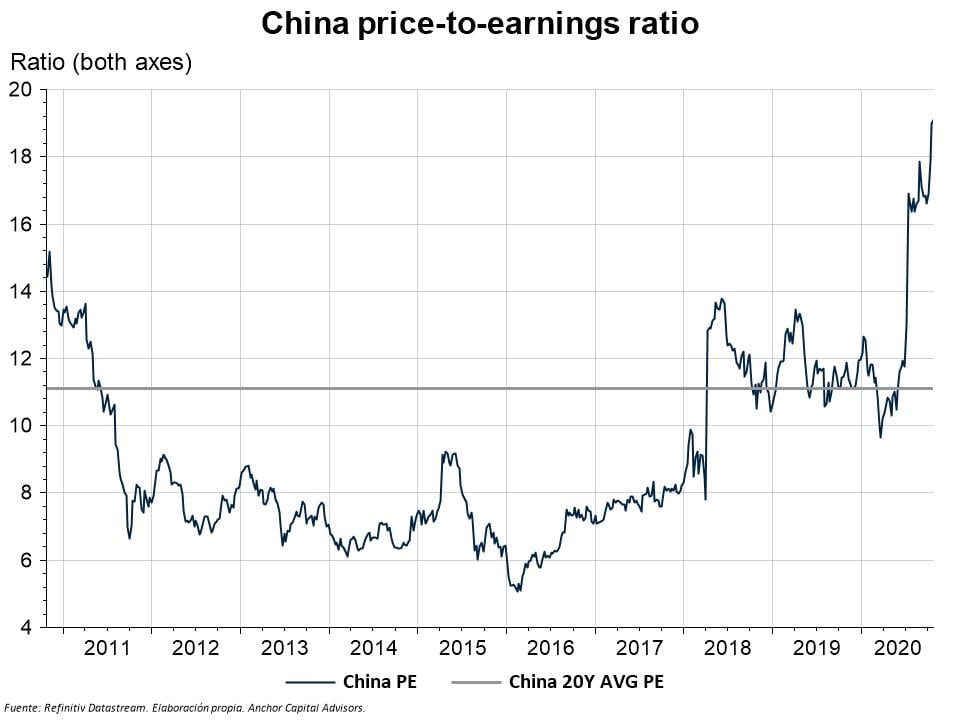Is China the investment opportunity in post-COVID era?
After being the epicenter of the pandemic at the beginning of the year, China appears to be consolidating itself as the main engine of growth worldwide almost a year after the first outbreak of the virus in Wuhan.
With COVID apparently under control, the Asian power is the country that is best representing that famous “V” recovery of which so much is talked about: in Q3 of 2020 it reported a real growth of 4.9% of GDP, and the IMF predicts that it will be the only nation to grow year-on-year this year.
Despite the suspicions and mistrust of the Chinese Communist Party, the auspicious forecasts of the country's companies have caught the attention of many investors. The consolidation of China as the engine of global recovery, added to the current context of zero rates, has caused a flow of funds to Asian markets in search of profitability.
Although the Chinese economy seems to be the one that is best adapting to the new context, it must be taken into account that the Asian market is already showing very tight valuations.
Chinese companies are listed on two different markets: Shanghai (type A, quoted in Renminbi) and Shenzhen (type B, quoted in USD or HKD). The PER that crosses both markets, and that tells us how much we pay the benefits of Chinese companies as a whole, is already reaching highs since the prelude to the 2008 crisis. The average of the last 20 years was 11x and we are currently at 19x levels.
While these valuations are far from the figures seen in other developed markets (the S&P 500 has a PER of 35x), we must bear in mind that the Chinese financial market is still in a process of expansion.
If this trend towards external openness and good macroeconomic data continue to rise, it is very likely that in the coming years we will start to see valuations consistently above the historical average in companies in the Asian economy.

